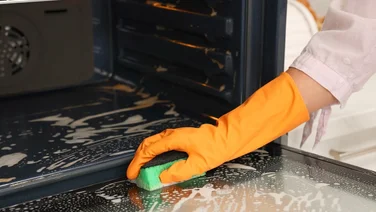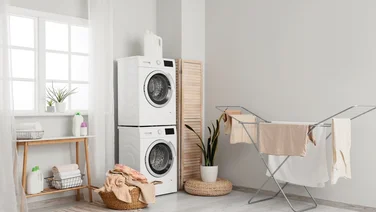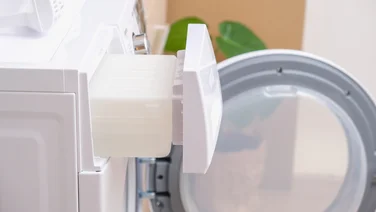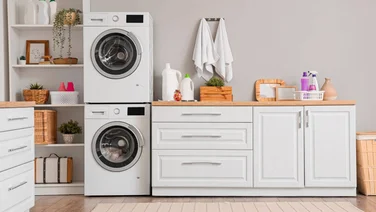To help us provide you with free impartial advice, we may earn a commission if you buy through links on our site. Learn more

The best tumble dryer
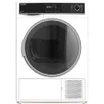
Sharp KD-NHH0S7GW21
"This heat pump dryer combines a 10kg drying capacity and an A++ energy rating for under £500. In our opinion, the Sharp's balance of energy efficiency, useful programmes and simple controls are a winning combination."
£419
The best budget tumble dryer
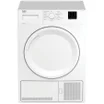
Beko DTKCE80021W
"The 8kg drying capacity and B energy rating are nothing to write home about, but, at this price, we think the Beko deserves all the praise it gets for drying performance, quiet operation and ease of use." | Read our review
£269
The best tumble dryer for energy efficiency
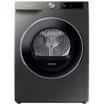
Samsung Series 6 DV90T6240LN
"This Samsung model marries a highly energy efficient A+++ rating with quiet operation, Wi-Fi control and a wide variety of drying programmes. We love the 9kg capacity and impressive adjustability, too." | Read our review
£719
If you can find room for a dedicated tumble dryer alongside your washing machine, then it’s a far better choice than any washer dryer. The best tumble dryers will dry clothes far faster – and in many cases, more gently – than a washer dryer. They will also dry bigger loads of washing at once and leave your washing machine free to wash another load. It’s a win-win.
On this page, you’ll find a cross-section of models ranging from entry-level condenser models through to high-end heat pump dryers. Prices start from around £250 for a basic condenser model, while more energy-efficient heat pump tumble dryers start to appear from around £400.
We’ve chosen our recommendations after extensive research of manufacturers’ websites, datasheets, online and user reviews, and you’ll find all the key information for each model including energy ratings, drying capacity, noise ratings, warranty details and estimated running costs.
Looking for integrated models? Read our guide to the best integrated tumble dryers
The best tumble dryers in 2025
1. Sharp KD-NHH0S7GW21 : Best tumble dryer overall
Price when reviewed: £469

Capacity: 10kg | Energy rating: A++ | Noise: 65dB | Type: Heat pump | Warranty: 2 years parts and labour | Running costs (estimated): £0.66 per full load | £103 per year (156 loads)
We’d always recommend heat-pump tumble dryers as the best option for energy efficiency, but they can be expensive. This Sharp dryer bucks the trend, offering an A++ energy rating for less than £500.
Running costs are less than half that of a B-rated condenser dryer. If you use your dryer regularly, the savings will add up more quickly, too – heavier users may find that the combined cost of ownership (purchase cost plus energy costs) over a few years may work out cheaper than buying a budget-priced B-rated machine.
We’d recommend that most people buy a tumble dryer with the biggest capacity possible – it’s essential when you’re trying to dry big piles of bedding – and the Sharp’s generous 10kg capacity ticks that box, providing just enough space for a king-sized duvet.
The sensor drying technology is another feature that will save you money in the long run, stopping the cycle once the machine detects that the load is dry. This both avoids over-drying and potentially damaging your clothes, and keeps energy usage to a minimum.
In fact, with its delay timer, interior light, and a reversible door, the Sharp has all the features we would expect to find on a more expensive dryer. We were also impressed with the 15 drying programmes that include options for Baby Care, Duvet and Jetdry 34”, which can dry up to 1kg of laundry in just 34 minutes.
2. Beko DTKCE80021W:Best budget tumble dryer
Price when reviewed: £269
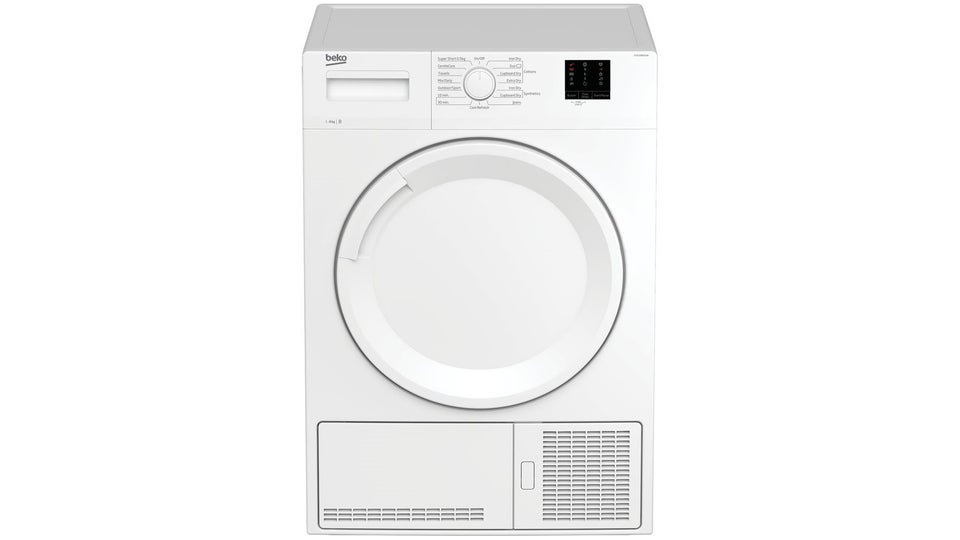
Capacity: 8kg | Energy rating: B | Noise: 66dB | Type: Condenser | Warranty: 2 years parts and labour | Running costs (estimated): £1.36 per full load | £212 per year (156 loads)
This great-value tumble dryer from Beko has lots to recommend it. Simple controls mean that don’t have to delve into the instruction manual every time you want to switch it on, and it has drying programmes for every type of load, from towels to delicates.
As it’s a condenser dryer, water is collected in a tank that pulls out of the drawer at the top. You’ll need to empty it after most drying cycles, but it’s easy to remove and empty.
We think that the 8kg capacity is spacious enough for most households, but you will struggle with the largest items – king-size duvets will be too much of a squeeze, for instance.
Our only other complaint is the energy rating – this is by no means terrible, but it will result in higher energy bills than more energy-efficient models. With an estimated cost of £1.36 per full load, the Beko’s running costs are more than double that of the most efficient models here, which cost around £0.45 per load.
As A+++ -rated dryers tend to cost at least two to three times as much as the Beko, it’s something you need to weigh up carefully. Lighter users will probably find that a cheap B-rated model such as this offers the best value, but heavier users should at least look to the A++ -rated Sharp model here, as the cost of ownership (purchase cost plus energy costs) will balance out over two or three years of usage.
3. Samsung Series 6 DV90T6240LN/S1:Best tumble dryer for energy efficiency
Price when reviewed: £719

Capacity: 9kg | Energy rating: A+++ | Noise: 63dB | Type: Heat pump | Warranty: 5 years parts and labour | Running costs (estimated): £0.44 per full load | £69 per year (156 loads)
If you don’t have a utility room where you can hide your laundry appliances, this is one you won’t mind having on show. It combines smart technology with excellent energy efficiency, and we love the sleek graphite finish.
There are 16 drying programmes to choose from, and the Optimal Dry technology utilises moisture and temperature sensors to adjust drying times during the cycle, which will be kinder to your clothes and save energy. Other noteworthy features include a Wrinkle Prevent setting so you can reduce the dreaded ironing pile.
Wi-Fi connectivity also means you can use your phone to schedule drying, adjust settings and get alerts when the cycle is finished. And a reversible door means you can set it up to open from either the left or right depending on which side is most convenient.
It’s not the cheapest tumble dryer to buy, but running costs are lower than any other machine here, even if only marginally so compared to the cheaper A+++ -rated Whirlpool model below. The five-year parts and labour warranty goes some way towards justifying the expense, though: most models here only offer two years of coverage, with some occasionally offering time-limited extensions to five years.
4. Whirlpool W6D94WRUK: Quietest tumble dryer
Price when reviewed: £749

Capacity: 9kg | Energy rating: A+++ | Noise: 62dB | Type: Heat pump | Warranty: 2 years parts and labour | Running costs (estimated): £0.47 per full load | £73 per year (156 loads)
The W6D94WRUK tumble dryer from Whirlpool is a great showcase for heat-pump tumble-drying tech at its best, with A+++ energy efficiency, impressively quiet operation (it’s the quietest model in this round-up) and a huge amount of adjustability.
The vibration-reducing design and quiet-running inverter motor is what keeps the Whirlpool quieter than most, and it’s equally gentle on your clothes thanks to the patented “6th Sense” sensors that monitor humidity and adjust the temperature inside the drum mid-cycle.
With a maximum capacity of 9kg, the W6D94WRUK provides enough space for all but the most chunky of king-sized duvets. There are 19 drying programmes to choose from, spanning everything from duvets to soft toys to lingerie, and the adjustable dryness levels and drying temperature make it possible to tailor the drying cycle to the load at hand.
The self-cleaning condenser filter is a nice touch too, in our opinion: you won’t need to periodically defluff the filter yourself as the machine flushes it through automatically.
Running costs are marginally higher (roughly £0.03 a load, or £4 a year) than the Samsung model here, but that’s not a major complaint given that the Samsung costs around £60 more. This is still a very efficient dryer indeed.
I am text block. Click edit button to change this text. Lorem ipsum dolor sit amet, consectetur adipiscing elit. Ut elit tellus, luctus nec ullamcorper mattis, pulvinar dapibus leo.
5. Bosch Series 6 WQG24509GB: Best Bosch tumble dryer
Price when reviewed: £779
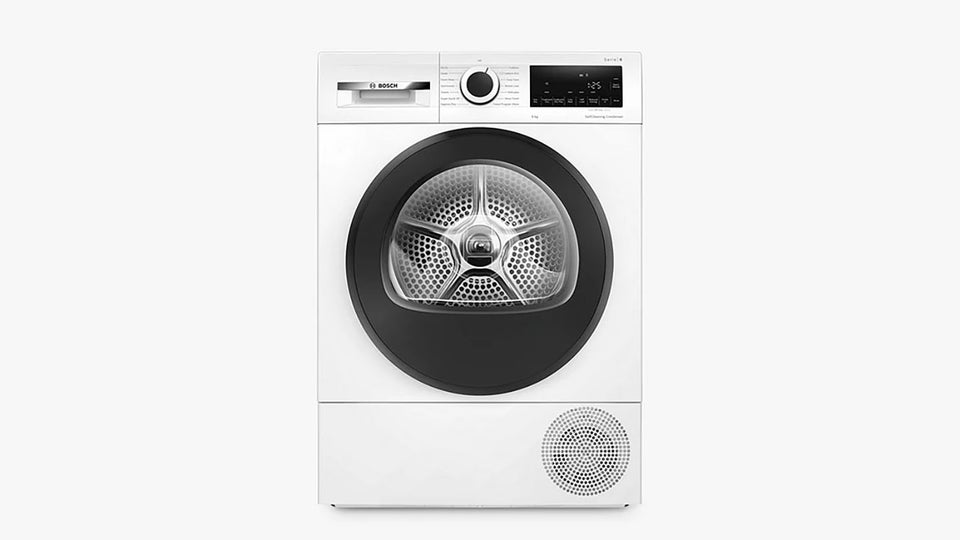
Capacity: 9kg | Energy rating: A++ | Noise: 64dB | Type: Heat pump | Warranty: 2 years parts and labour | Running costs (estimated): £0.59 per full load | £92 per year (156 loads)
It’s slightly pricier than others on this list, but we think this Bosch heat-pump tumble dryer is a great investment. It offers the sturdy build quality and efficient design that we’ve come to expect from Bosch laundry appliances.
The A++ energy rating is very respectable – it’s just not quite up to the standards of the Samsung and Whirlpool models here. An estimated cost of £0.59 per load isn’t too spendy by any stretch, but the A+++-rated Samsung and Whirlpool models both cost less than £0.50 per load.
The simple, intuitive interface offers a wide range of adjustability, and the Auto Dry option utilises sensors to automatically stop the cycle once your clothes are dry. Meanwhile, an interior light is a nice touch, and means you won’t miss any socks when it’s time to unload.
We like Bosch’s thoughtful range of drying programmes, too. The Reduced Ironing setting should help you avoid an overflowing ironing pile – and, what’s more, allergy sufferers can make use of the Hygiene Plus programme to remove any lurking bacteria from clothes, bedding and towels.

How to buy the best tumble dryer for you
What are the different types of tumble dryer?
1. Heat pump dryers
Pros: Most energy efficient | Cons: Most expensive
These can reduce annual energy costs by as much as 50%. Heat pump dryers pass the moist air collected during the drying cycle through an evaporator, which removes the moisture before reusing the same hot air for the rest of the drying process. The removed water collects in a tank that requires emptying from time to time.
2. Condenser dryers
Pros: Quite energy efficient; affordable | Cons: Not as efficient as heat pumps
Condenser dryers take the hot moisture vapour within the tumble dryer and condense it into droplets of water, which collect in a removable collection tank that needs to be emptied by hand, usually after every drying cycle. No outside vent is required; all you need is a nearby power outlet.
3. Vented dryers
Pros: Cheap; can be high capacity | Cons: Least efficient; need an outside vent
Vented dryers aren’t as common as they used to be but remain a practical option for some situations. These simply expel the hot, damp air through a 4in hole in the wall. This means you won’t have to worry about emptying a tank of water into the sink, and your utility room’s walls will be dryer. This is the least energy efficient type of dryer.
What do the energy ratings mean?
These tell you how energy-efficient a machine is, and give you an indication of how much electricity it will consume in normal use.
While other appliances have moved to the new A-G rating scheme, tumble dryers remain on the old rating scale from A+++ to D. Machines with an A+++ rating will use the least electricity for every load of drying, whereas D-rated machines will use the most.

Running costs are extremely important, especially recently given the large fluctuations in energy costs. Ultimately, a machine that’s cheaper to run could cost you less in the long term, even if it’s more expensive to buy.
According to the manufacturers’ claimed energy consumption figures, the least efficient tumble dryer we recommend here – the B-rated Beko – will cost you roughly £1.36 to dry a full load at current energy prices (£0.29 per kWh), whereas the most efficient A+++ dryers will cost less than a third of that, working out to around £0.44 per full load. Multiply that by a year’s worth of drying, and the costs add up significantly: three full drying loads per week would work out to 156 loads per year, and this would cost you roughly £212 with a B-rated model, but only £69 with the highest-rated model.

Make sure to pay close attention to the energy-rating labels for each machine, as they provide quick at-a-glance measurements for drying capacity, estimated yearly energy consumption, the time taken to dry a full load and noise levels in addition to the overall energy efficiency rating. You’ll find these on the retailer’s product page for each model and also on the manufacturer’s website, and these at-a-glance energy rating cards are normally supplemented by datasheets which provide even more information on each model’s performance as measured by the manufacturer themselves.
What drying capacity do I need?
The most common sizes of drums are between 6kg and 10kg but the bigger, the better, as that extra space provides better hot air circulation and, consequently, a more efficient drying process.
If you have a large family and king-size duvets to dry, consider a 10kg model as a bare minimum, and ideally, you should buy a tumble dryer that’s at least the same capacity as your washing machine.
What is a sensor dryer?
All but the very cheapest dryers will have onboard sensors programmed to estimate the amount of moisture left in the clothing. Sensors can dramatically reduce energy costs as they detect when the clothes are, say, “cupboard” or “iron” dry, and automatically switch the dryer off.
A non-sensor machine may damage or shrink garments due to overdrying as it will carry on until it reaches the end of its timed cycle.

